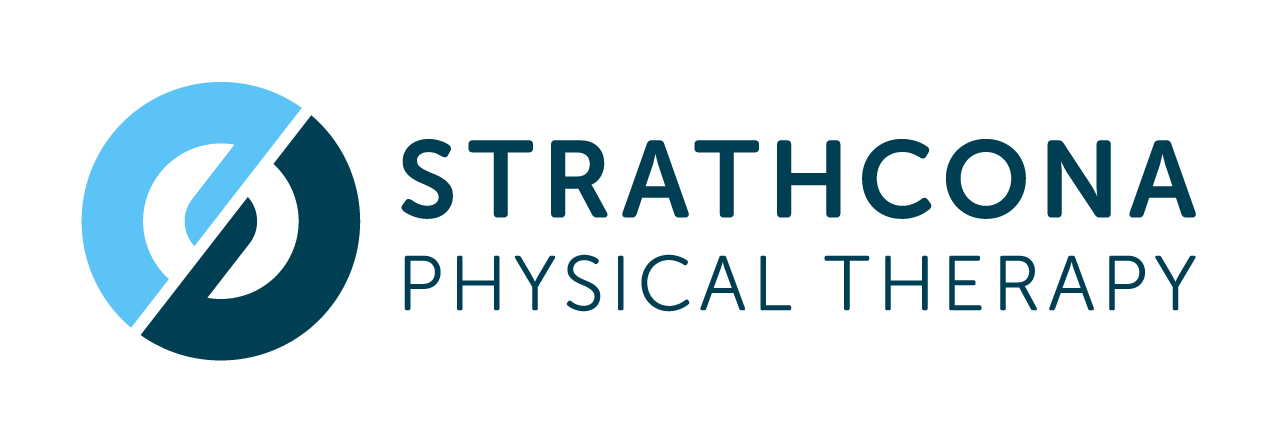The Crucial Role of the Serratus Anterior in Shoulder Stability and Posture: Understanding the Force Couple
The serratus anterior, often termed the "boxer's muscle," plays a pivotal role in shoulder stability and optimal posture. This muscle stretches from the upper nine ribs to the scapula's front, facilitating the scapula's rotation and stabilizing it against the thoracic wall. Its significance in maintaining shoulder health and posture cannot be overstated, with emerging research underscoring its function within the force couple mechanism. This blog post delves into the anatomy, function, and crucial role of the serratus anterior in shoulder mechanics, leveraging high-quality research to provide a comprehensive understanding.
Anatomy and Function
The serratus anterior is intricately involved in several movements pivotal for upper limb mobility, including scapular protraction, upward rotation, and posterior tilting. These actions are essential not just for movements reaching overhead but also for ensuring the shoulder joint's stability during various activities. The muscle's unique position and attachments enable it to serve as a bridge between the thorax and the shoulder, positioning it as a key player in maintaining optimal shoulder mechanics.
The Force Couple Mechanism
The concept of force couples is integral to understanding how the serratus anterior contributes to shoulder stability. A force couple refers to two forces acting in opposite directions, causing rotation without translation. In the context of the shoulder, the serratus anterior works in tandem with the trapezius muscle to create a force couple that stabilizes the scapula during arm elevation.
This coordination is critical for the smooth gliding movement of the scapula over the thoracic cage and prevents impingement or undue stress on the shoulder joint. Dysfunction or weakness in the serratus anterior can disrupt this delicate balance, leading to compromised shoulder mechanics and an increased risk of injury.
Research Insights
Studies have shown that strengthening the serratus anterior can significantly improve shoulder stability and reduce symptoms in conditions like shoulder impingement syndrome. For instance, a systematic review by Kibler et al. (2013) highlighted the importance of the serratus anterior in the kinetic chain involved in throwing motions, emphasizing its role in maintaining scapular stability and reducing the risk of overuse injuries.
Furthermore, electromyographic (EMG) analysis has provided insights into the activation patterns of the serratus anterior during different exercises, suggesting specific interventions that can enhance its strength and functionality. Exercises such as the push-up plus, dynamic hug, and wall slides have been identified as particularly effective in isolating and strengthening this muscle, thereby contributing to a more stable and efficient shoulder girdle.
Implications for Practice
Understanding the role of the serratus anterior in shoulder stability and posture has significant implications for both athletes and the general population. For athletes, especially those involved in overhead sports, targeted exercises to strengthen the serratus anterior can enhance performance and reduce the risk of shoulder injuries. For the general population, incorporating serratus anterior exercises into regular fitness routines can improve posture, reduce neck and shoulder discomfort, and contribute to overall musculoskeletal health.
Conclusion
The serratus anterior plays a fundamental role in shoulder stability and posture through its contribution to the force couple mechanism. Its ability to stabilize the scapula and facilitate efficient shoulder mechanics is essential for both daily activities and athletic performance. By incorporating specific strengthening exercises targeting the serratus anterior, individuals can achieve better posture, enhanced shoulder stability, and a reduced risk of shoulder injuries. As research continues to evolve, the significance of the serratus anterior in maintaining optimal shoulder function becomes increasingly clear, highlighting the need for awareness and proactive measures to strengthen this key muscle.
In promoting shoulder health, the integration of evidence-based practices focusing on the serratus anterior is paramount. Through the combined efforts of healthcare professionals, coaches, and individuals, we can better understand and utilize the potential of this muscle to improve quality of life and athletic performance alike.
References:
Kibler, W. B., Ludewig, P. M., McClure, P. W., Michener, L. A., Bak, K., & Sciascia, A. D. (2013). Clinical implications of scapular dyskinesis in shoulder injury: the 2013 consensus statement from the 'Scapular Summit'. British Journal of Sports Medicine.
Ekstrom, R. A., Bifulco, K. M., Lopau, C. J., Andersen, C. F., & Gough, J. R. (2004). Comparing the function of the upper and lower parts of the serratus anterior muscle using surface electromyography. Journal of Orthopaedic & Sports Physical Therapy.
Park, S. Y., Yoo, W. G., An, D. H., Oh, J. S., & Lee, J. H. (2013). Comparison of exercises inducing maximum voluntary isometric contraction for the serratus anterior muscle: A randomized controlled trial. Journal of Sports Science and Medicine.
